
Although the Huawei P10 and P10 Plus offered a sleek and elegant design with a pair of rear-facing cameras and a 16:9 aspect ratio, the Chinese manufacturer is stepping in a different direction with its Huawei P20 series.
Both the Huawei P20 and P20 Pro offer a design reminiscent of the iPhone X but with an even slimmer, modelesque physique. And not only does it feature a notch, the P20 Pro offers a first-ever triple rear camera set. The combination of the three rear camera sensors, sleek design, iPhone X-inspired notch and Kirin 970 processor make it a device worthy of consideration.
Sleek and stylish
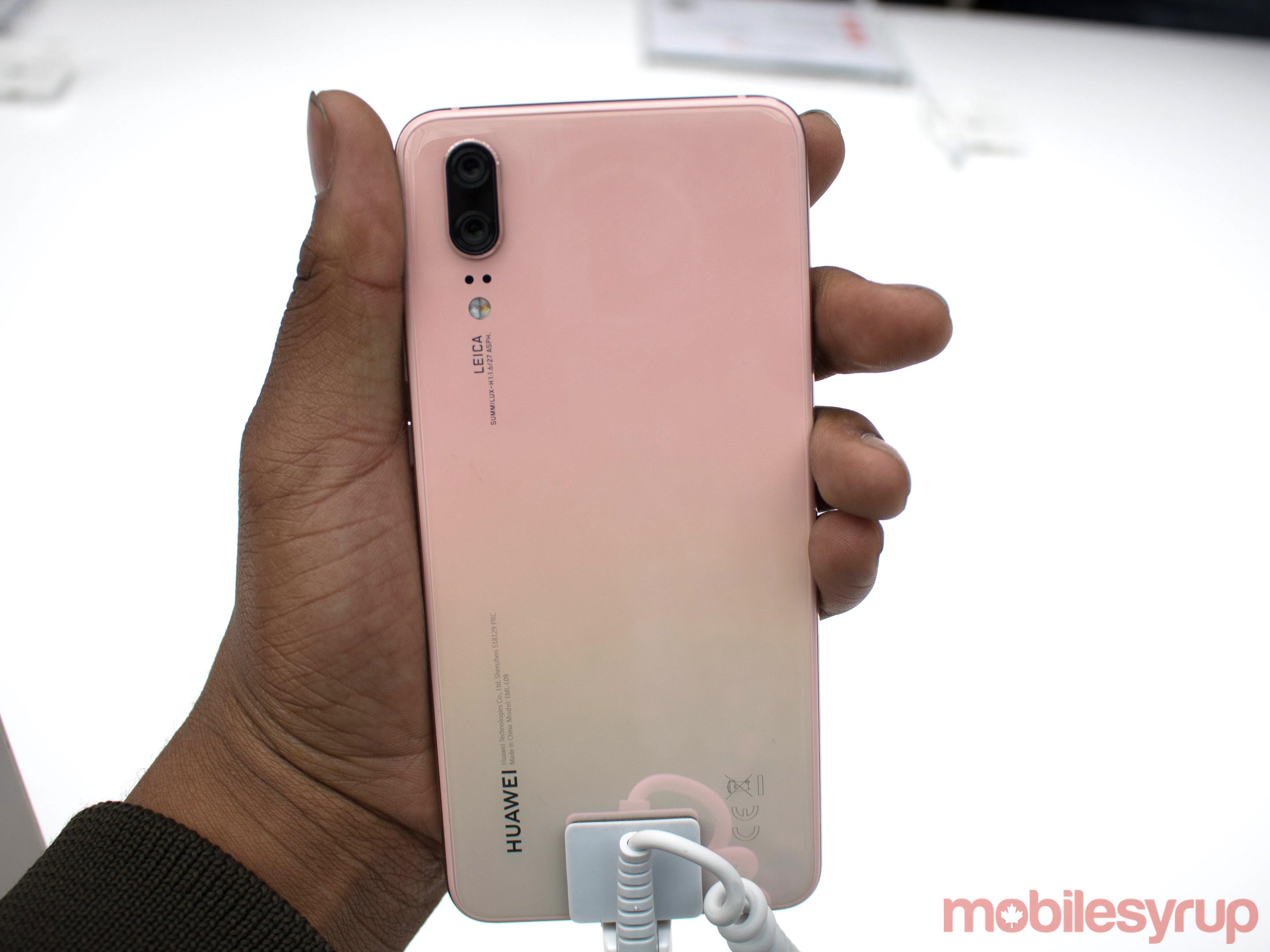
Though it sports an iPhone X inspired notch, the Huawei P20 Pro looks quite different than Apple’s flagship device.
The notch is barely noticeable due to how small it is and kind of blends into the display, giving it the appearance of an Essential Phone and iPhone X hybrid. Furthermore, the notch can be turned off for those who are really opposed to the cut-out look.
What stands out, however, is the tiny speaker beside the front-facing camera. It’s not where I’d expect to see a speaker grill.
Equally odd for this particular device is its front-facing fingerprint sensor. Devices with longer aspect ratios tend to avoid a front-facing fingerprint sensor. In fact, companies like Samsung, OnePlus and HTC all made the change last year to a rear-facing fingerprint sensor in order to achieve a smaller bottom bezel.
Personally, I like that Huawei kept the front-facing fingerprint sensor. Similarly to the Huawei P10, users can choose to use the on-screen navigation or use gesture controls with the fingerprint sensor. That’s an option that I prefer, as it offers even more screen real estate.
On the bottom of the handset is a USB-C port flanked by two speakers. There’s also no headphone jack with this headset. While this might be a problem for many consumers, after using the Mate 10 Pro and the Google Pixel 2 XL, a lack of headphone jack isn’t something I notice anymore.
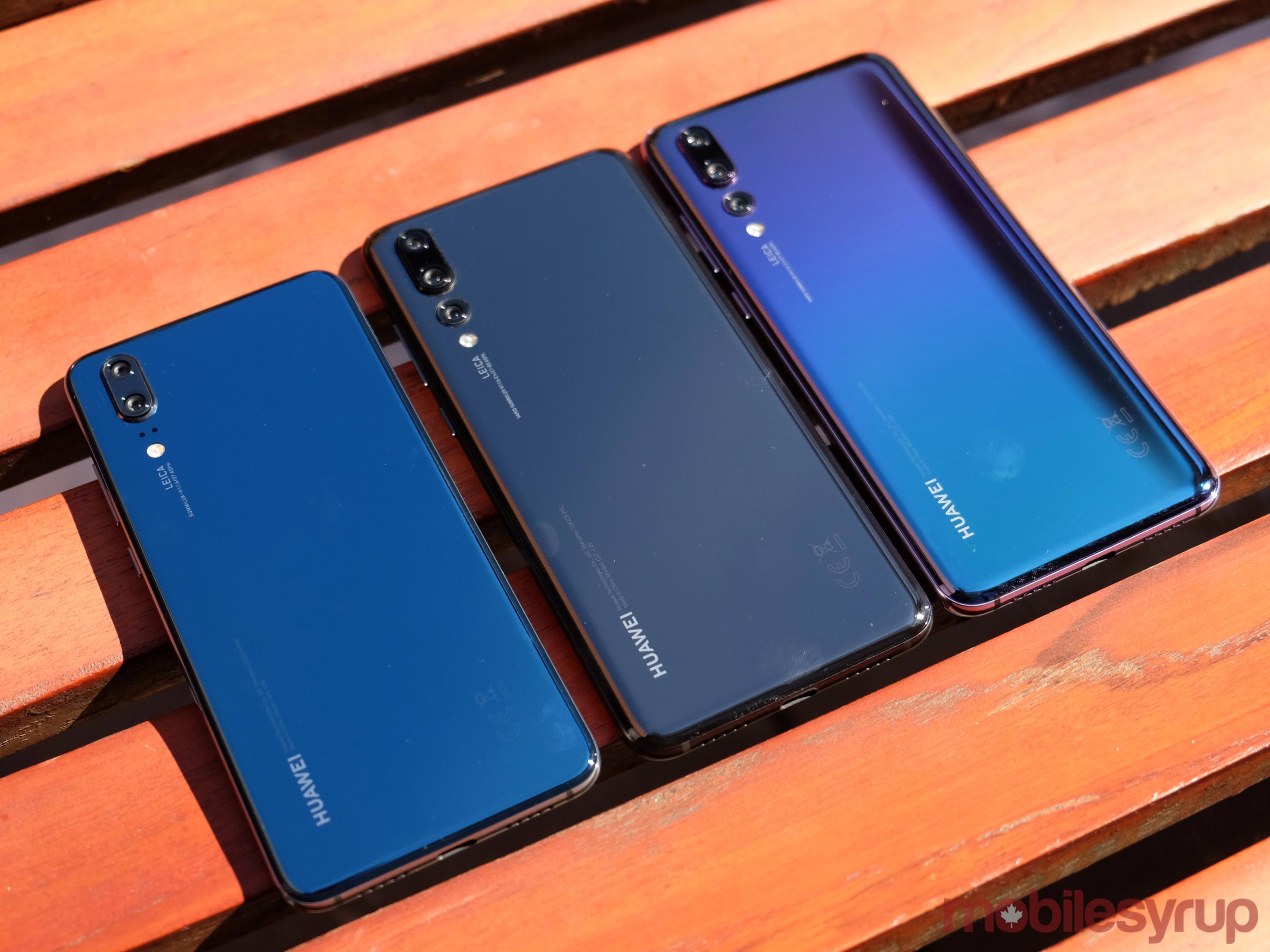
However, for those who still have a problem with a missing headphone jack, the P20 Pro comes with a USB-C-to-3.5mm headphone jack adapter.
Users will find a protruding power button and volume rocker on the right side of the device. There’s a dual nano SIM tray that doubles as a microSD slot on the left side of the handset.
Strangely enough, the P20 Pro feels like a very thick smartphone. In reality, however, it’s thinner than both the Samsung Galaxy S9+ and the Google Pixel 2 XL.
Flipping to the back of the device, Huawei uses a reflective 3D glass panel that blends into the sides of the phone. Though I haven’t used the P20 Pro for too long, in my short time with it, I can tell it’s definitely a fingerprint magnet.
Also on the rear of the device is Huawei’s branding — in the same place as the ‘Shirley’ branding in previous leaks — and a vertical triple rear camera with a flashbulb and Leica branding.
Attractive display

The P20 Pro has an appealing 1080 x 2240 pixel resolution display with 408 ppi pixel density that produces crisp and detailed images. The blacks are dark, the screen gets quite bright and shifting the phone reveals that the screen lacks the blue tinge seen on the Pixel 2 XL. Additionally, it appears that there’s no light bleed.
A quick side-by-side comparison with the Samsung Galaxy S9’s Super AMOLED display reveals that P20 Pro’s OLED display is actually quite similar in overall visual appearance.
While the Super AMOLED display is more vivid, the P20 Pro’s screen looks more true-to-life and to me, that’s preferable.
During my time with the phone, I tried watching a quick YouTube video to test the phone’s notch. While the images were clear, I did notice that the video didn’t use up the complete display and created a fake top bezel. The same thing also happened when I watched content on Netflix. Hopefully, a software update in the future changes this experience.
YouTube and Netflix also showed off the phone’s impressively loud speakers. The P20 Pro technically has three speakers — two that flank the USB-C port on the bottom of the phone and one beside the front-facing camera. With the help of Dolby Atmos, the P20 Pro produces strong, clear audio.
A+ facial unlocking
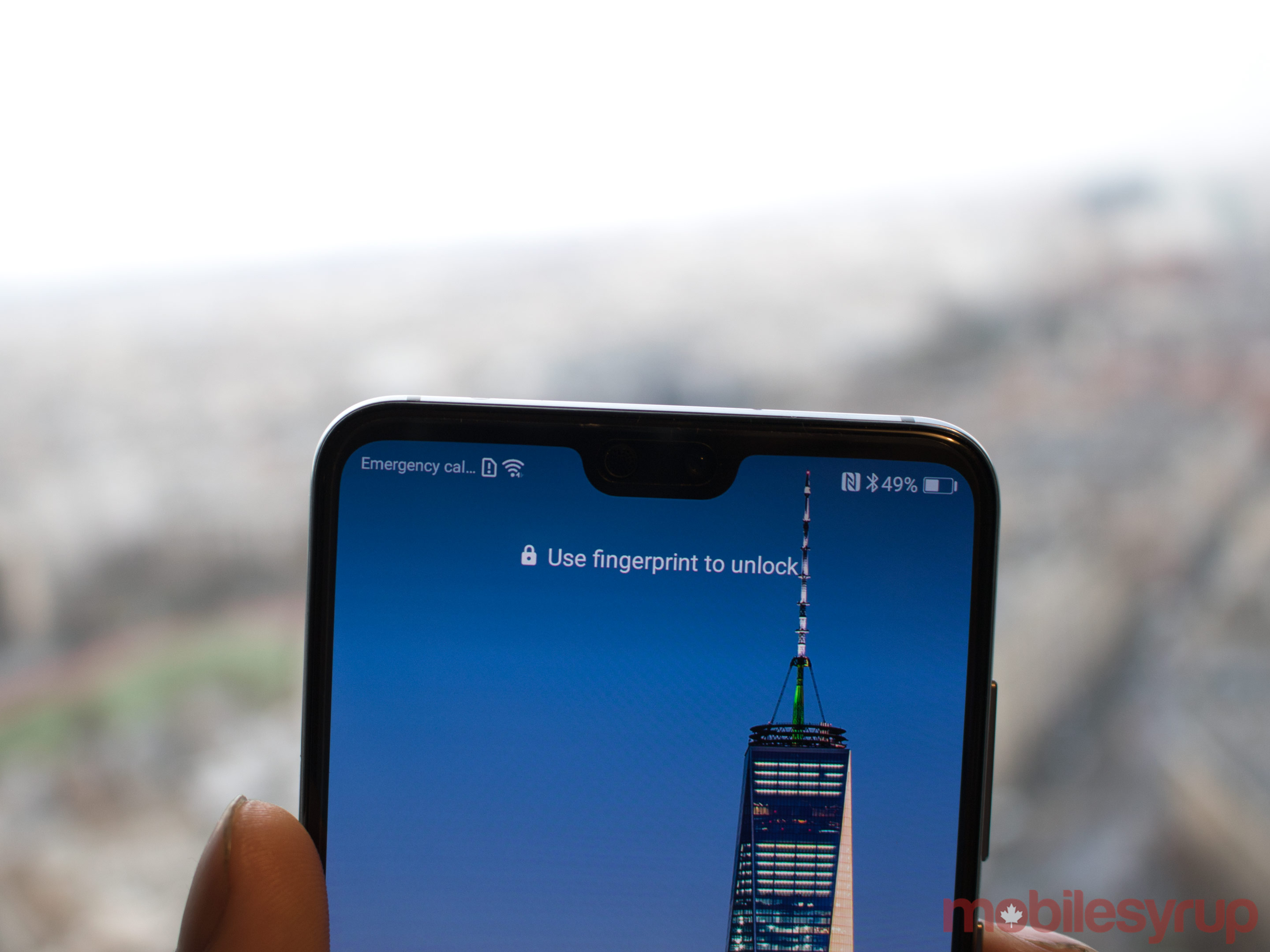
While I haven’t had much time with the device, I can definitely say that its Face Unlock feature is extremely quick, especially when compared to the facial recognition features of the Samsung Galaxy S9/S9+ and the OnePlus 5T.
I have yet to use an iPhone X, but I can definitely see why Huawei has been boasting about the its own facial unlock technology. Even while wearing my glasses and hat, the device still only took less than a second to recognize my face. Setting up the feature was quick and painless.
I look forward to using the P20 Pro’s Face Unlock and seeing if it can work in lower light conditions.
The more lenses the merrier
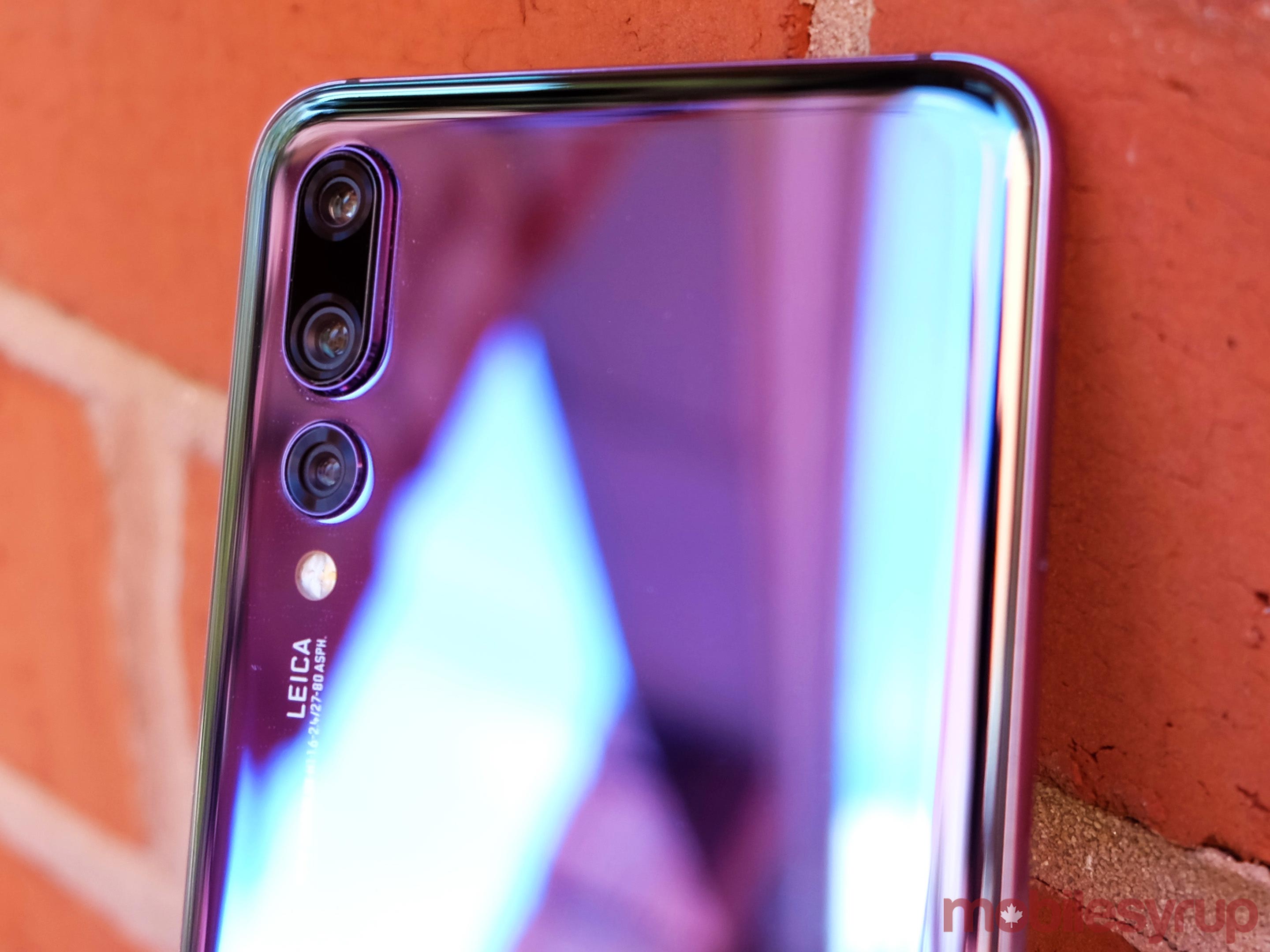
While I haven’t taken too many photos with the device, it’s evident that the company put a lot of work into the P20 Pro’s camera. The selfie shooter took great shots, though I did notice that the image slightly brightened my face — something that I’m not fond of. Meanwhile, a quick couple of shots in the Grand Palais and the Petit Palais in Paris resulted in crisp and detailed images.
While I plan on testing the camera further with my review of the device, here’s a detailed camera hands-on, written by MobileSyrup contributor Ted Kritsonis.
Still a bit too much bloatware

While EMUI is far from my favourite Android skin, Huawei did incorporate quite a few things that I’m already enjoying. Like Motorola and Sony — and, of course, Google — a quick swipe to the right of the home screen accesses Google Now.
The phone also uses Android Messages as its main messenger app now and includes rich interactive messages, similar to Google Allo. While I have yet to test the feature, it looks promising.
EMUI 8.1 also includes a setting that lets users lock their apps, the option to have an app twin — useful for users with two Facebook accounts — and now has Google Lens built straight into the photos app.
Unfortunately, Huawei has replicated a number of Google’s own apps and forces users to stick with the Huawei variants. For example, I personally prefer the Google Contacts app instead of the Huawei Contacts app. However, users don’t get the option to uninstall the Huawei version and there is seemingly no way to hide Huawei’s native apps either.
The Huawei P20 Pro features a Kirin 970 processor and 6GB of RAM. I haven’t put the phone through its paces yet, but the device seems to run smoothly even when downloading all of my apps. The combination is similar to the Huawei Mate 10 Pro so I’m expecting a comparable experience.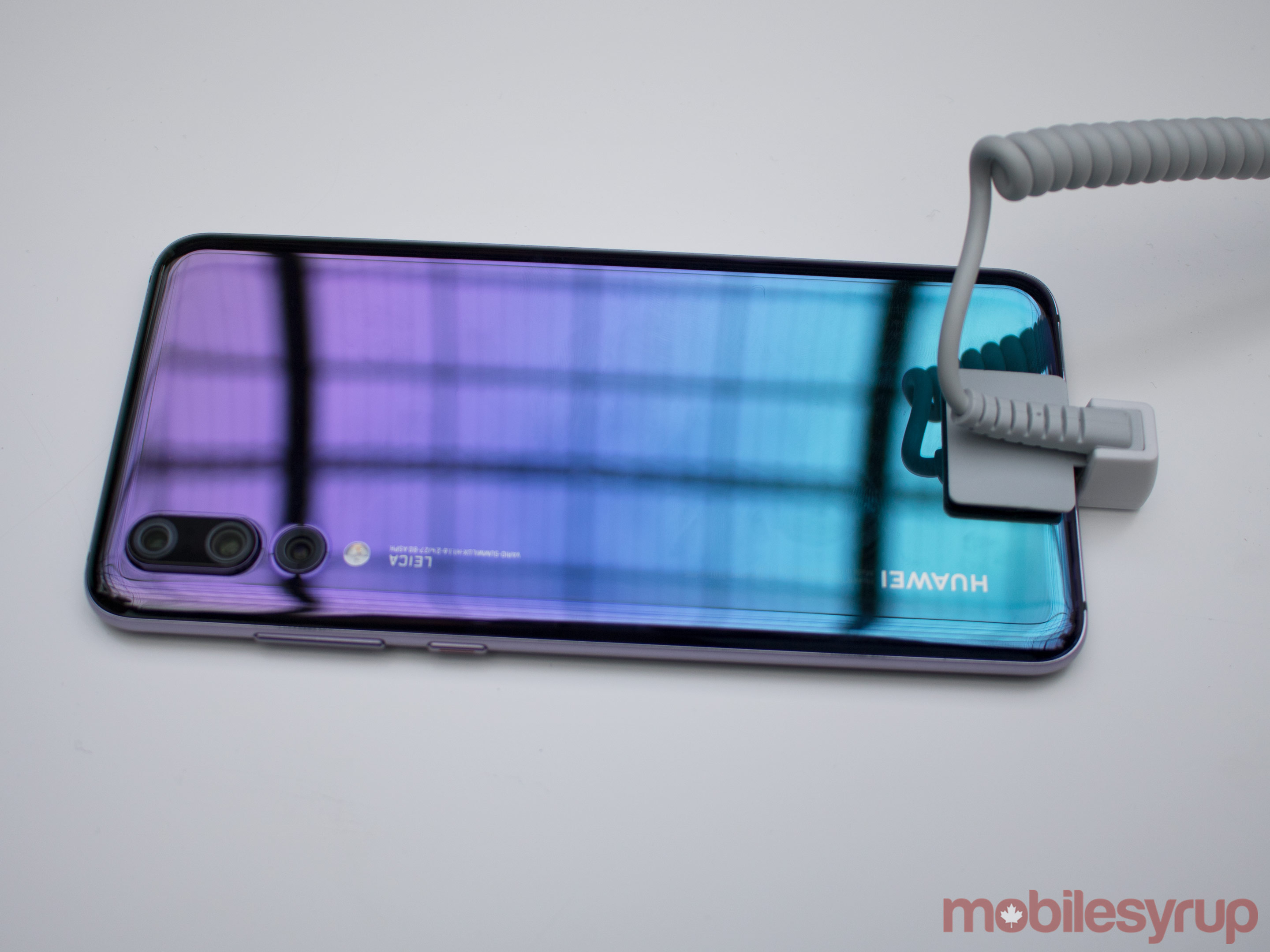
You can read my piece on the Huawei Mate 10 Pro for more information about how the 970 chipsets worked on that device.
The P20 Pro also has the benefit of AR Core. Once again, I haven’t yet tested the feature, but Huawei’s presentation of a Porsche vehicle driving experience left me excited to try it out for myself.
With such a saturated high-end Android market, it’s hard to say whether the Huawei P20 Pro will be a hit with Canadian consumers, but with the device’s three lenses and nearly bezel-less display, it certainly shows potential.
The Huawei P20 Pro — and the smaller Huawei P20 — will be available at major Canadian carriers including Telus, Bell and Rogers.
MobileSyrup may earn a commission from purchases made via our links, which helps fund the journalism we provide free on our website. These links do not influence our editorial content. Support us here.


